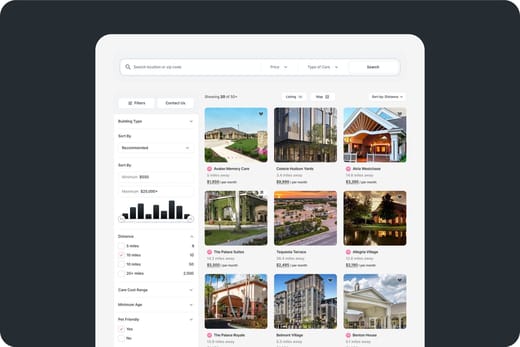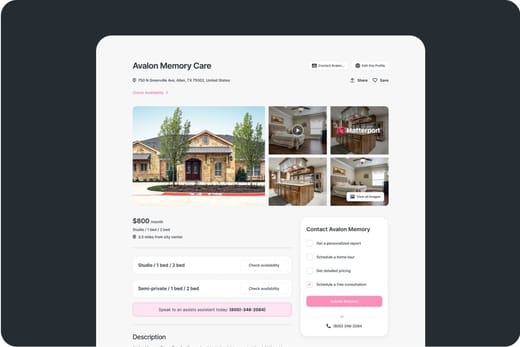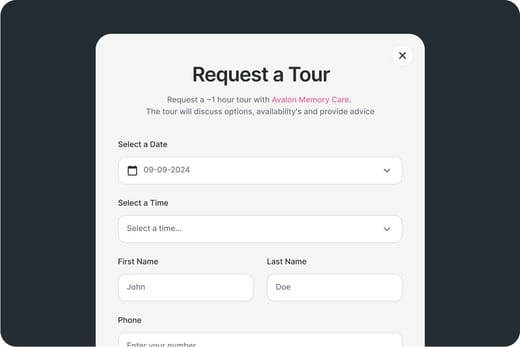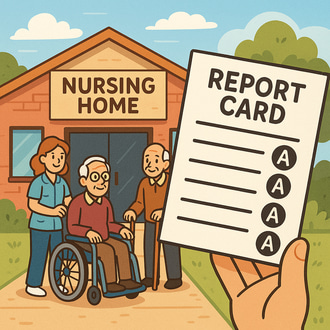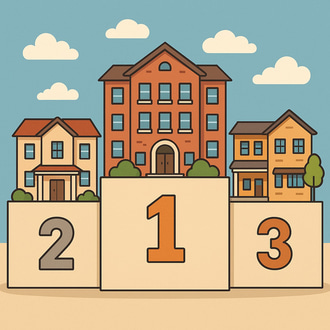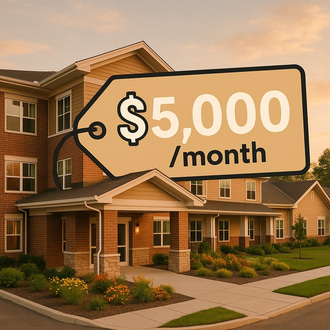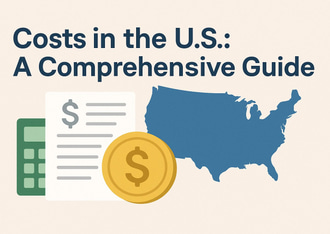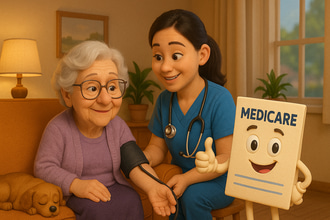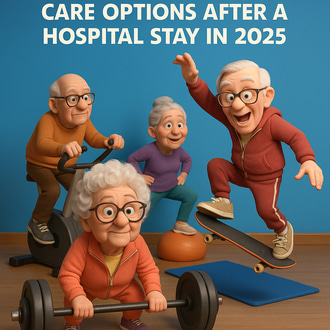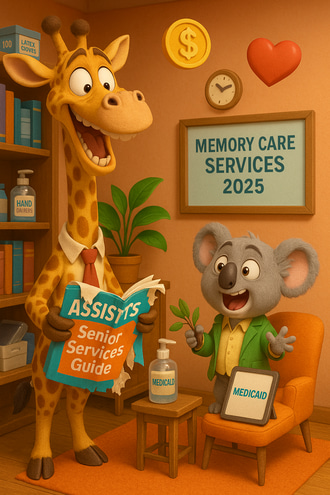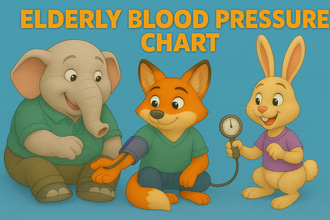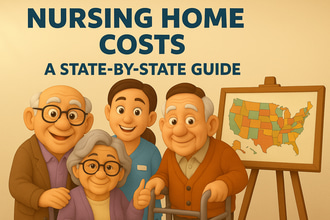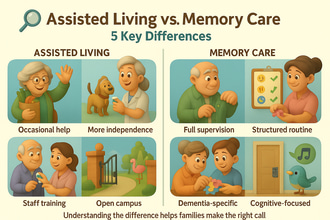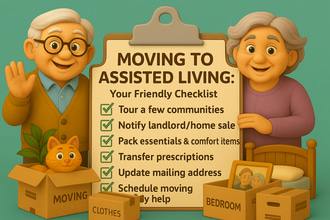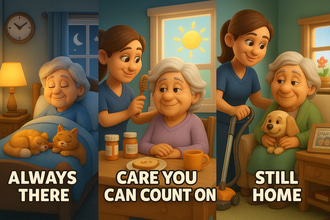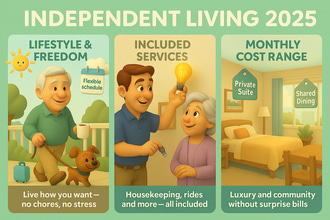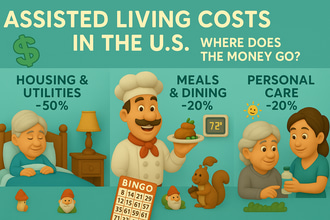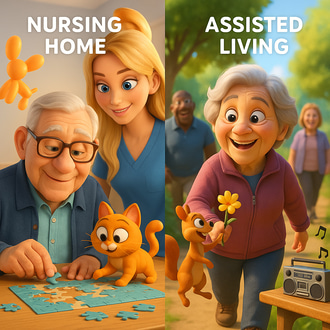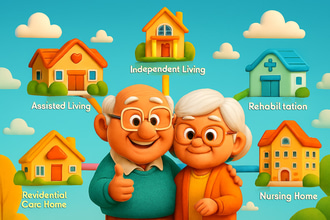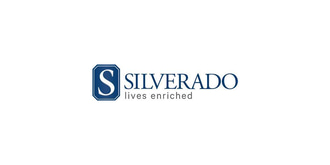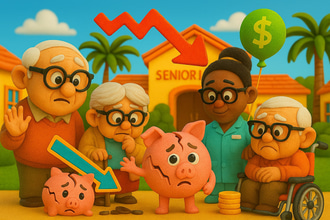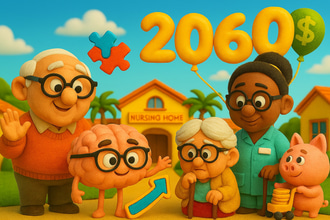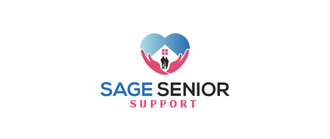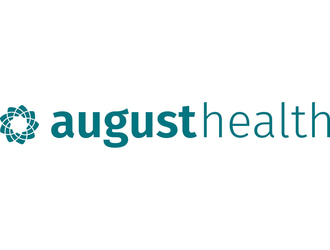See the full nursing home chart here: https://assistedlivingmagazine.com/nursing-home-government-data/
Overview
- This dataset includes 13,531 nursing homes across 51 states/territories, with over 1,576,027 licensed beds.
- Average facility size is 116.5 beds with an average occupancy of 78.5%.
- Reported revenue per bed averages $111,820 annually; payroll per bed averages $43,305. Payroll represents about 41.5% of revenue on average.
Ownership type is associated with meaningful differences in revenue intensity and occupancy.
Coverage
Utilizing the data from the Centers for Medicare and Medicaid Services (CMS), this article aims to discuss the core fields, including facility CCN, name, location, ownership type, licensed beds, occupancy, total home revenue, total payroll costs, and date approved for providing Medicare and Medicaid services. Through standardized systems, such as occupancy rate, revenue and payroll per bed, and payroll share of revenue, we provide an overview of the nursing homes.
Unit notes: The Occupancy field in this extract behaves as a proportion (0–1), so occupancy rate = Occupancy. Revenue and payroll values are treated as annual figures at the facility level.
Wages & Staffing
With an average of $43,305, constituting around 41.5% of community revenue, the CMS data exhibits that labor is one of the core expenses in skilled nursing. Operators benchmark payroll per bed and payroll share against communities of similar size and market conditions.
Metric to watch: If your payroll share is materially above ~42% without corresponding quality improvements or higher-acuity case mix, operating margins can compress quickly—especially at sub‑80% occupancy.
Revenues & Margins (high level)
- Average Revenue per bed: $111,820
- Average Payroll per bed: $43,305
- Average Implied payroll share: 41.5%
For instance, a 120-bed community with an average occupancy produces an annual revenue of $13.4M with a payroll of $5.2M. Meanwhile, communities with below-average occupancy tend to have lower revenue per bed and higher payroll share, unless staffing is flexible.
Room Occupancy
- Average occupancy rate: 78.5% across the communities covered.
- Occupancy distribution ranges from 70% to 90%, with long tails below 60% and above 90%.
State highlights (avg occupancy rate):
- West Virginia, Arkansas, North Dakota, New York, and Virginia are among the states with the highest occupancy rates, all near or above 88–92%.
- Meanwhile, Oklahoma, Oregon, Montana, Texas, and Wyoming are among the states with the lowest occupancy rates, generally ranging from 62–70%.
Ownership Patterns
Ownership types include Individual and Organization (chain or corporate). Some of the key differences are:
- Occupancy: Organizations tend to cluster slightly higher, supported by centralized referral networks and payer contracting; however, local market supply and demand dominate.
- Revenue per bed: Organizational ownership exhibits a tighter (and slightly higher median) distribution compared to individually-owned communities.
- Payroll share: Similar central tendencies, with dispersion reflecting staffing models and agency utilization.
Benchmarking tip: Compare your community to those within your ownership category and state to control for payer mix and wage floors.
Geographic Patterns
Through an observation of various occupancy and revenue intensity, it has been shown that states with high occupancy rates tend to have stronger revenue per bed and more favorable payroll shares. Meanwhile, states with low-occupancy rates need flexible labor or a focused census-building to avoid margin erosion.
What This Means for Families and Operators
For families:
- Communities with an occupancy rate of above an average of 85% mean more stable operations and demand, but tend to have waitlists. To ensure you can find the right community for your loved ones, compare occupancy rates with quality ratings and consistency.
For operators:
- Focus on occupancy discipline, if possible, target an average of 85 to 90% occupancy rate and labor leverage (keep payroll share close to ~40–45% depending on wage market and acuity). Use revenue‑per‑bed and payroll‑per‑bed as monthly scorecard staples.
While CMS data does not include the quality of services, understanding occupancy rates may help provide a better grasp of the skilled nursing community services. Additionally, operators can utilize ownership status, labor expenses, and revenues to understand industry standards and provide better services. It would also be helpful for families to understand occupancy rates to compare and contrast their options and prepare for possible waitlists and find alternatives.

